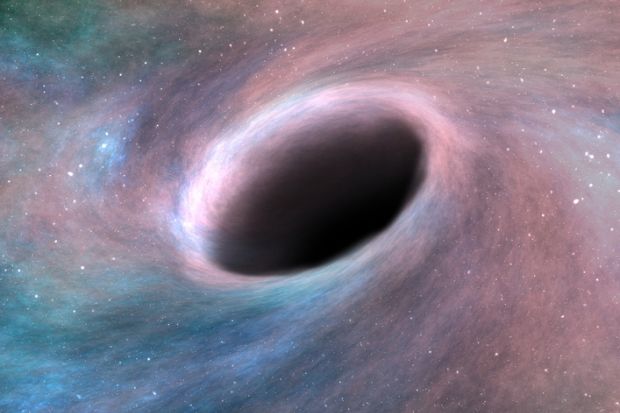Some of the science behind the physics breakthrough of the century – the detection of a cosmic collision over a billion years ago, confirming a century-old prediction by Albert Einstein – is being applied to beat the coronavirus.
Scientists at the ARC Centre of Excellence for Gravitational Wave Discovery (OzGrav), based at Swinburne University in Melbourne, have developed an online tool to help track the spread of Covid-19.
They aim to convert the tracker into a mobile phone app with millions of users globally.
The technology behind the tracker was developed by Melbourne data and analytics company Arq Group, with the science provided by Swinburne epidemiologist Richard Osborne and OzGrav director Matthew Bailes.
The pair combined their expertise in public health and astrophysics and organised a hackathon to prototype the concept.
“Reliable and accurate data is more important now than ever to ensure we know as much as we can about this disease and its spread, so that the authorities can take appropriate steps to help beat it,” said Professor Osborne, an adviser to the World Health Organisation.
Professor Bailes told the ABC that he had put gravitational waves research on hold to devote his time and supercomputers to the project. “We’re used to catching literally hundreds of gigabytes a second of data from the Square Kilometre Array [radio telescope],” he said. Tracking the coronavirus would require only a “small fraction” of that data analysis capacity.
Professor Bailes is a world authority on fast radio bursts – mysterious, fleeting radio wave pulses that strike Earth thousands of times a day – and spearheads a project to detect signs of extra-terrestrial life in conjunction with the University of California, Berkeley.
Fellow OzGrav chief investigators were part of the 1000-plus consortium working on the US-based Laser Interferometer Gravitational-wave Observatory, considered the most precise experiment in the history of science, which registered the first detection of gravitational waves in September 2015.
The waves, produced by a collision between two black holes 1.3 billion years ago, were announced to the world in February 2016 and earned their discoverers a Nobel prize the following year.
“The more we know about this virus, the more chance we have to stop the spread,” said Arq Group CEO Tristan Sternson. “By bringing together digital experts and researchers, we can do our bit to help governments at all levels manage this crisis.”




